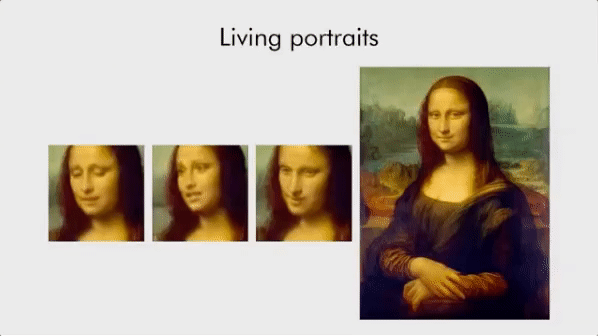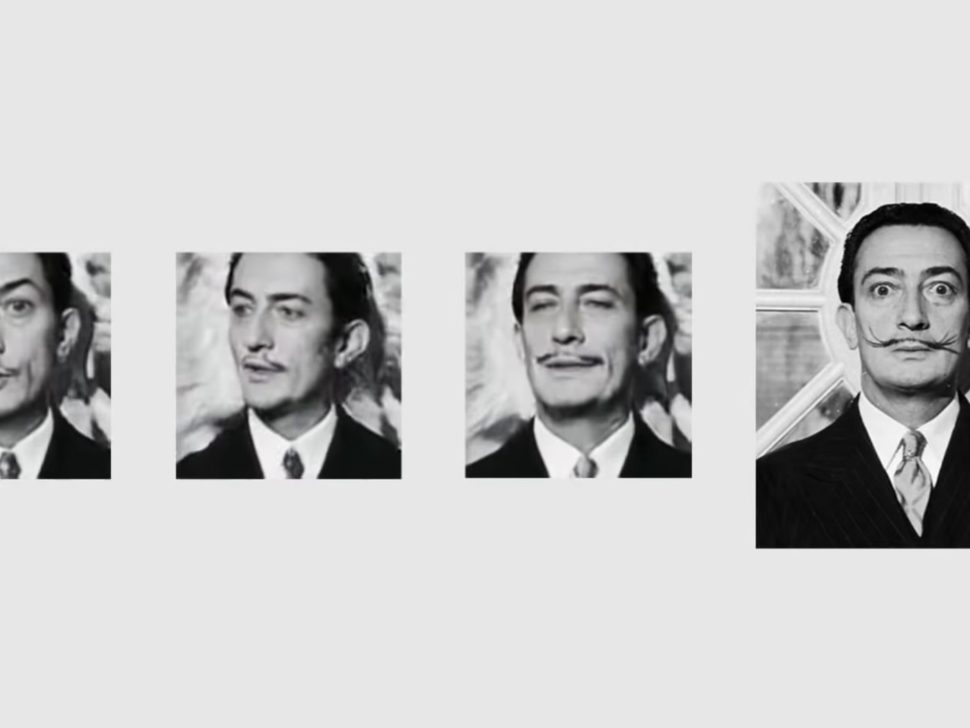Attention deficit hyperactivity disorder (ADHD) didn’t stop Leonardo da Vinci from becoming the genius we now admire.
2019 marks exactly 500 years since he died, but his depiction of Mona Lisa has well stood the test of time.
Known for his forward-thinking, what would the famous polymath think if he saw his Mona Lisa brought to life using AI trickery?
A team of AI scientists over at Samsung have done just that.
Mona Lisa’s Talking Head
Generally, convolutional deep networks require large data sets to train on, and in the case of deepfakes, this means a lot of audio, picture, and video samples.
But although you still can spot them, deepfakes are getting easier to make and their quality getting better.
A few seconds of audio recording is enough for AI text-to-speech generators like RealTalk to clone a pretty convincing fake voice of anyone.
And a single profile picture of yours is all it takes for Samsung’s new deepfake AI to generate realistic animations.
A team of AI researchers from the Samsung AI Center and the Skolkovo Institute of Science and Technology, both located in Moscow, designed an AI algorithm that only needs a single headshot to produce highly realistic talking heads.
In a paper, the team call them “Realistic Neural Talking Head Models”
“… such personalized talking head models need to be learned from a few image views of a person, potentially even a single image. Here, we present a system with such few-shot capability. It performs lengthy meta-learning on a large dataset of videos, and after that is able to frame few- and one-shot learning of neural talking head models of previously unseen people as adversarial training problems with high capacity generators and discriminators,” write the researchers in their paper.
Read More: Celebrity Fakes: Deepfake Phenomenon Shows AI’s Dark Side
The technique gives better results when there are multiple sample images covering different angles of the person, but it can work from a single photograph or even portrait painting, like da Vinci’s Mona Lisa.

The system first trained on key facial features from a library containing 7,000 photos of celebrities, and a large number of videos of talking people. Then it applies the same process to a target person producing a highly realistic deepfake by duplicating the same facial features and expressions.
The team produced several talking heads of famous historical figures, such as Marilyn Monroe, Albert Einstein, and Salvador Dali.
Despite the apparent flaws, it’s only a matter of time before AI-powered deepfake technology will be able to produce ultrarealistic full videos based off of a few photos.
The applications of “fake” video AI include multi-player games, video conferencing, and the film industry.
However, there is a dark side to this technology. It’s quite straightforward to create fake videos of high profile celebrities and politicians, making the fake news fire grow ever higher.
This technology is still in its infancy, but now is the time for governments and companies to begin drawing the line on what Deepfake tech should be used for.



















Comments (0)
Most Recent